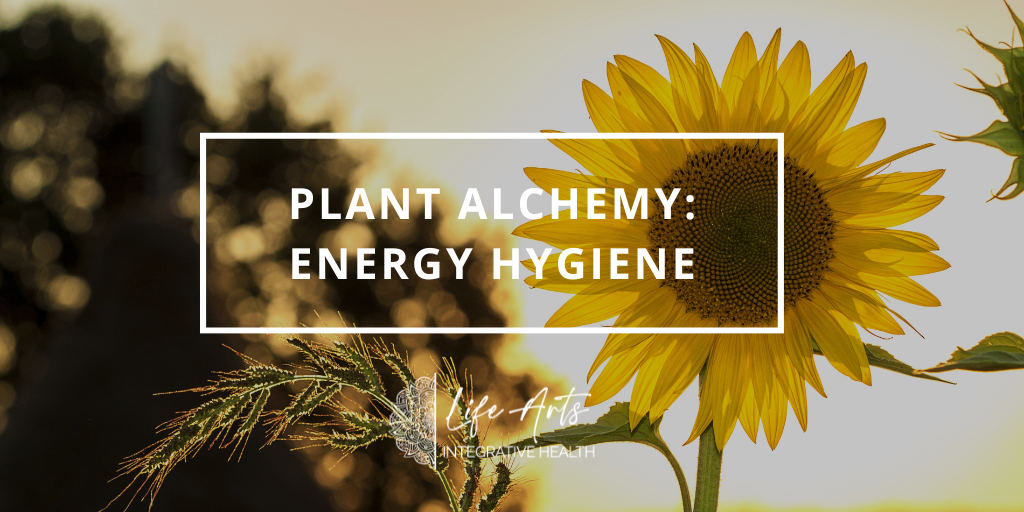
Let's Get Coherent
There’s been talk in the integrative wellness world about coherence, so here’s a bit about that. It’s about vibration and the waves created therein. Some scientists say that all communication comes down to vibrational waves – light, sound, movement – how animals and plants, the cells within them and much of the world itself communicates.
Let’s talk about waves and how to begin to discuss them. A good place to start is with few definitions.
Wavelength: A wavelength is the distance between two similar points of two waves – crest (top) to crest or trough (bottom) to bottom, for example.
Frequency: The number of waves produced per second. Speaks to speed and length.
Amplitude: Half the distance from peak to trough. It can also be thought of the height of a wave from the rest position (the inflection point in the middle where the wave is not moving) to the peak. How big it is.
Wave Speed: How fast it is moving (in meters per second).
Period: The time it takes to pass a point, in seconds. Speed.
Some of these sound close in definition and they are, but I am going to leave it there for the time being. If you are curious, do a little more research. Thanks.
So, coherence involves two waves meeting – they can meet in a coherent way (speed and frequency are similar enough to become in sync) and increase amplitude, or incoherently and decrease amplitude. When waves are incoherent, the waves can actually cancel each other out, or go a little haywire and splat (not a technical term but I hope you get the visual – plop!).
The metaphysical idea is that we are each born with a certain frequency (my teacher says we each come in on a different color of the rainbow of light). Our wavelength and frequency determine, to a great extent, to whom and what we resonate. What’s coherent to us, the thinking goes, is what gives us a boost and makes us feel stronger. Philosophers in this area go on and on, spiraling deeper and deeper in the dance of energy.
The human heart – that strongest muscle in our body – is an oscillator – it creates electical waves, and some believe it creates the human energy field. Get where I’m going?
What Might It Mean?
- When we do grounding practices in yoga we become more coherent with the earth.
- When we show appreciation for a plant, we are becoming more coherent with the plant.
- When we seek to understand what another person is saying, or feeling – when we empathize, we are becoming more coherent with that person.
- When we cultivate gratitude we become more coherent with our own life and life itself.
Coherence is a basis for communication – it is a connection. My teacher says it is a communion.
I say it is a way of understanding energy. Of understanding our subtle bodies (meaning our energy bodies, our emotional bodies, the aspects of us we can’t see and have difficulty measuring) and the world around us. The idea that cultivating coherence leads to and is akin to following our bliss. These ideas are consistent with both yoga and with positive psychology and with plant spirit healing. They are energy-competent lenses for experiencing life.
Is This for Real?
Is there Western clinical science that might back this up? From what I’ve see thus far, there are many interesting possibilities, but I have yet to see a really well conducted study that proves this all happens in the way I’ve presented. I want one, believe me – intuitively it makes perfect sense. But the science, well, it’s so young it doesn’t yet speak.
And yet. It’s worthwhile to study energy. Knowing how to operate your own energy field, how to ground yourself, how to expand when it’s helpful – these are clearly helpful skills in this destabilized and chaotic time. So, let’s keep studying. With a clear eye and an open heart.
Through my programs this year – in Costa Rica, the March weekend (Every Bite Is Divine) , my week with Jeremy and the program I’ll lead in July (Subtle Body Nourishment) at Kripalu, I will be diving into the how of coherence – there are practices that can help you live more from, and funnel life through – this magnificent organ at the center of our being – our heart.





